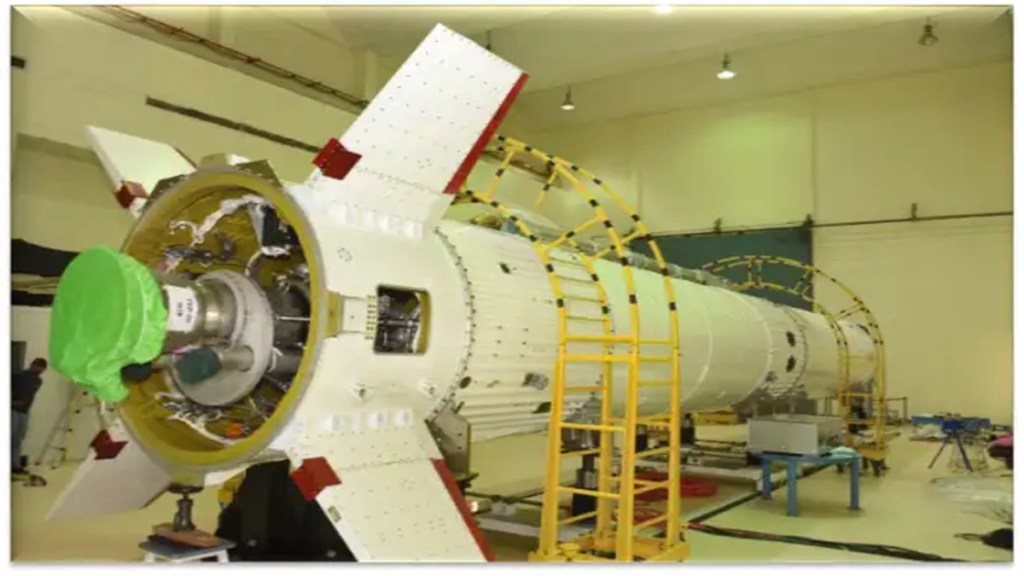The Indian Space Research Organisation (ISRO) has revealed its plans to initiate unmanned flight tests for the much-awaited and talked about Gaganyaan mission. The maiden test vehicle, known as TV-D1, is scheduled for launch between 7;00 am IST and 9:00 am IST on October 21 from the Sriharikota spaceport. This mission aims to showcase the crew escape system’s performance.
Gaganyaan is a pioneering endeavor by ISRO that will demonstrate India’s capability in human spaceflight. It entails launching a human crew into a 400 km orbit and ensuring their safe return to Earth by landing in the Indian sea waters.
Purpose of the Test Vehicle Development Flight (TV-D1)
The Test Vehicle Development Flight (TV-D1) serves the critical purpose of testing the crew module, which will carry Indian astronauts during the human spaceflight scheduled for the following year. It involves launching an unmanned crew module into outer space, bringing it back to Earth, and safely recovering it in the Bay of Bengal.
ISRO Chairman S Somanath has confirmed that the TV-D1 test flight is the first of four planned test missions under the Gaganyaan program. These sequential test flights, including D2, D3, and D4, are designed to comprehensively assess the systems and preparations for the upcoming human spaceflight.
Crew Escape System and Crew Module
The test vehicle is a single-stage liquid rocket specially developed for abort missions. It carries the Crew Module (CM) and Crew Escape System (CES) equipped with fast-acting solid motors, along with the CM fairing (CMF) and Interface Adapters. The Crew Escape System, in particular, will be detached from the Test Vehicle at an altitude of approximately 17 km and undergo an autonomous abort sequence, ultimately leading to the safe landing of the CM in the sea, roughly 10 km off the Sriharikota coast.
Crew Module Details
The crew module, which is intended to maintain a pressurized Earth-like atmosphere for the astronauts during the Gaganyaan mission, is currently in different stages of development. For the TV-D1 mission, an unpressurized version of the CM has been integrated and tested. It boasts a complete set of parachutes, recovery aids actuation systems, and redundant avionics systems for navigation, sequencing, telemetry, instrumentation, and power. The CM is extensively instrumented to collect vital flight data for system performance evaluation.
Recovery Process
Following the test flight, the crew module will be retrieved from the Bay of Bengal using a dedicated vessel and a diving team from the Indian Navy.
This comprehensive testing and development process underscores ISRO‘s commitment to ensuring the success and safety of the upcoming Gaganyaan mission.
(With Agency Inputs)
